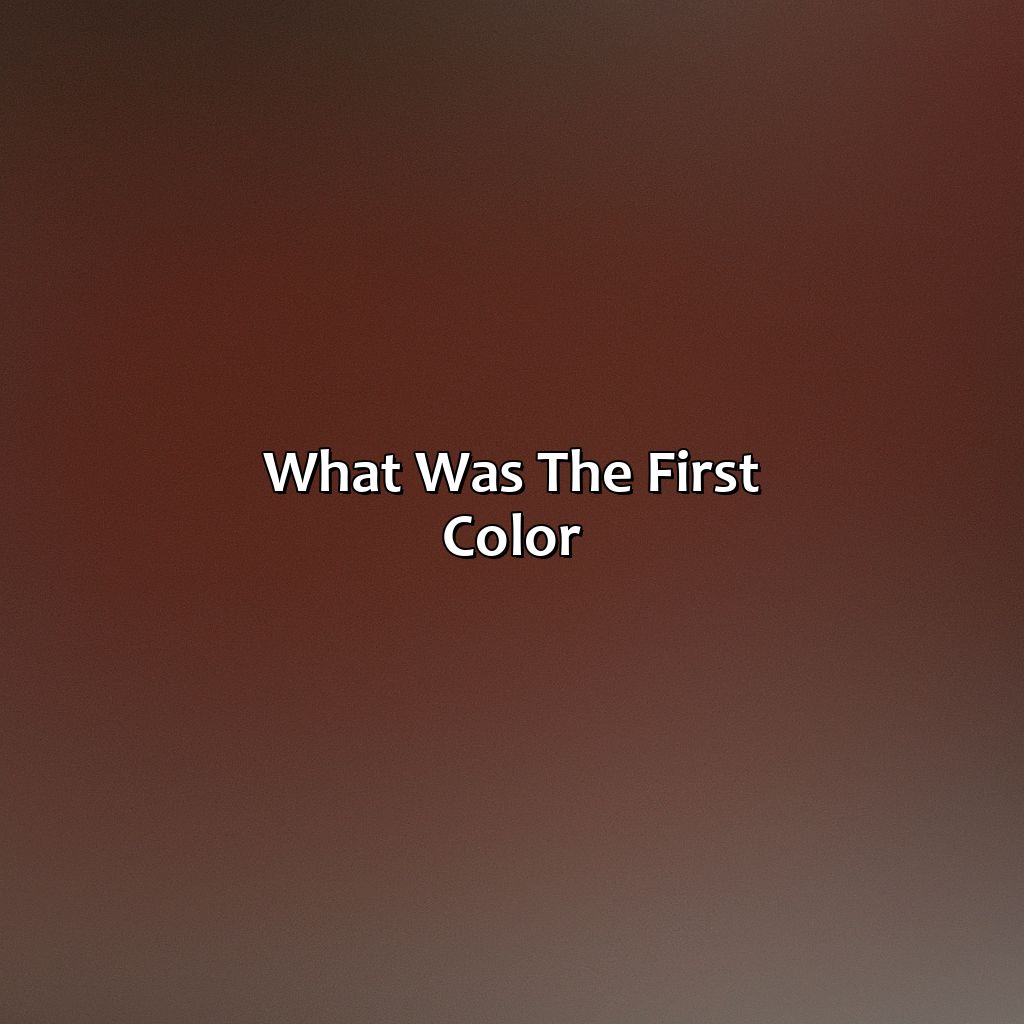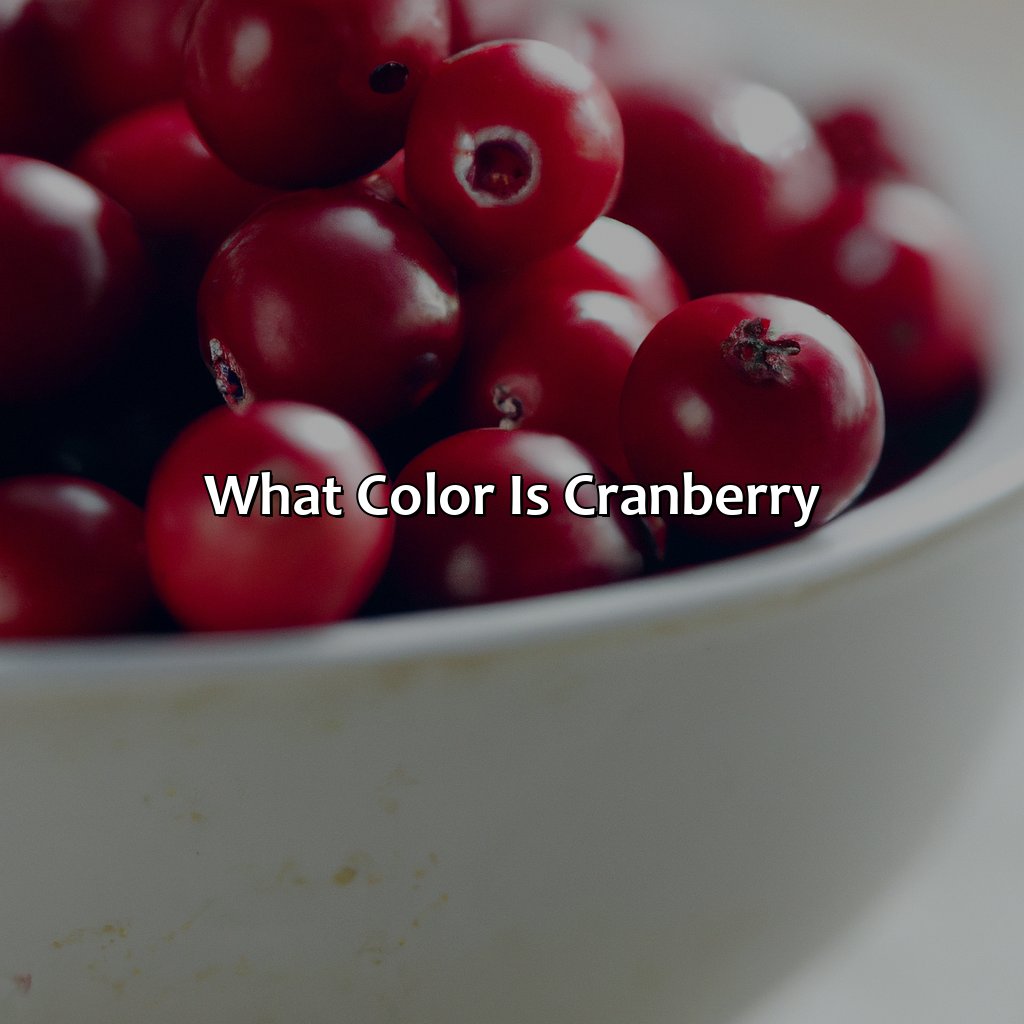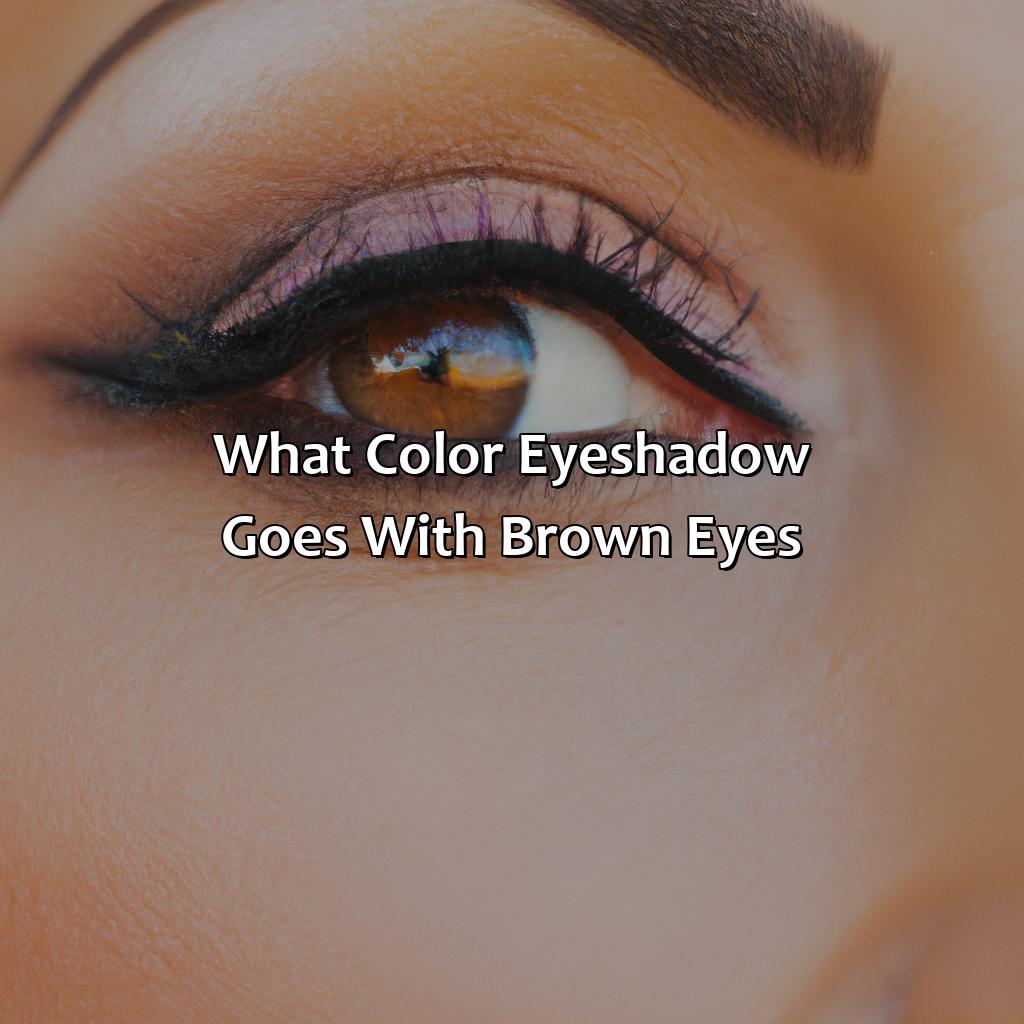Key Takeaway:
- The first named color is difficult to determine and depends on the perspective. However, the earliest references to color were found in prehistoric cave paintings, where earth pigments including red, yellow, and black were used.
- The first pigment used by humans is believed to be ochre, a natural clay earth pigment that was used as early as 300,000 years ago. This pigment was used for painting walls, bodies, and clothing, and is still used today.
- The first synthetic color was created in 1856 by William Henry Perkin, a British chemist who accidentally discovered the purple dye known as mauve while trying to synthesize quinine for the treatment of malaria. This discovery led to the development of synthetic dyes and revolutionized the textile industry.
Defining Color

Photo Credits: colorscombo.com by Ronald Hall
Color is the perception of the human eye in response to visible light. It involves the combination of different wavelengths of light, forming a visible spectrum. The rainbow itself comprises the colors of the visible spectrum, which include Red, Orange, Yellow, Green, Blue, Indigo, and Violet (ROYGBIV). Color perception can be subjective due to the unique sensitivity and processing of light by each individual’s eyes.
The origin of color perception can be traced back to the way organisms evolved to utilize visible light. The earliest organisms, like bacteria, had no ability to perceive light or any colors. However, the evolution of primitive photosensitive organisms allowed them to sense the intensity and direction of light. The development of the rods and cones in the animal eye eventually led to the perception of a broad range of colors, including those in the visible spectrum.
It is not easy to pinpoint the first color that was ever recognized by humans. However, evidence suggests that ancient humans utilized pigments of different hues for decorative and symbolic purposes, which indicates the perception of various colors. The emergence of colors and their corresponding shades over time was due to a mix of sensory and cultural influences.
An interesting fact is that pink, which is a popular color today, was not regarded as a distinct color in ancient times. Instead, it was considered a light shade of red or an unsaturated version of the color. The complexity of color perception has evolved over a long period. Today, people continue to explore and utilize color in numerous fields, making it an essential aspect of human life.
History of Color
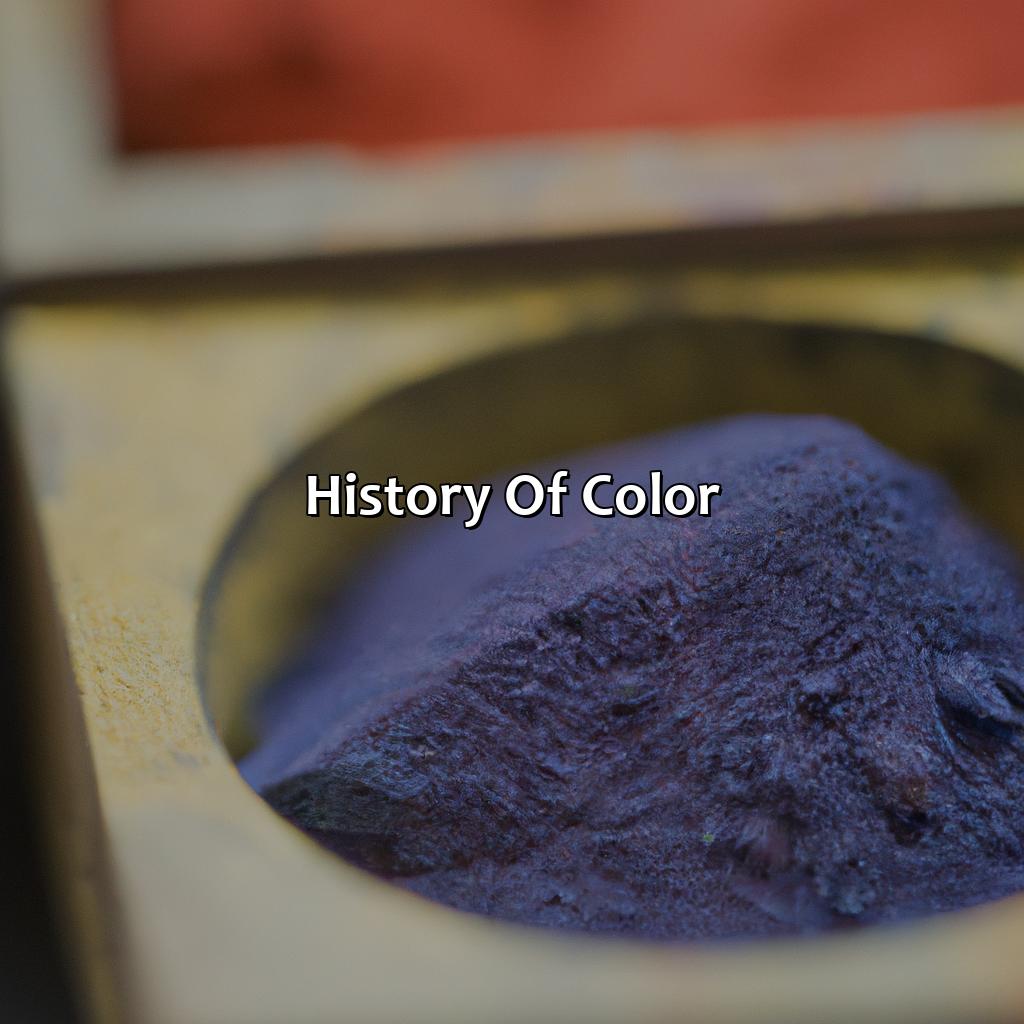
Photo Credits: colorscombo.com by Brandon Williams
Delve into the origins of color! Understand the evolution of color pigments. Explore the history of color. We’ll look at earliest uses of pigments and how colors were used in prehistoric and ancient times. Plus, we’ll cover Medieval and Renaissance periods. We’ll also discover modern colorants and dyestuffs. Each sub-section focuses on one time period. Get insight into how colors have been used throughout history!
Prehistoric Colors
Human fascination with color dates back to the prehistoric era, wherein cave paintings served as an account of life and emotions. Prehistoric colors were made from natural sources, such as crushed minerals that were mixed with animal fat or other binding agents. These included red ochre, yellow ochre, black charcoal, and white kaolin. These pigments not only expressed emotions but also served as an essential tool for survival, allowing early humans to mark hunting areas and leave messages for each other.
Ancient colors evolved as civilizations grew, and new materials became available. The Egyptians used a green pigment, known as Egyptian Blue, which was made by heating copper carbonate with silica in a reducing atmosphere. This pigment was used for wall paintings and decorative objects such as amulet beads. On the other hand, the Mayans predominantly used reds, yellows and browns obtained from different plants.
Of particular interest is iron ‘bog ore’ (ochre) deposits in Europe dating back to 11th millennium BCE that have served evidence of hematite mining by prehistoric cultures across Europe. Ochre was traded amongst these societies along routes over significant distances.
A significant advancement in color production occurred during the Medieval era when ground pigments were mixed with egg yolks to produce tempera paint. The Renaissance saw a shift towards using oil-based paints due to their ease of use and long-lasting qualities.
Step into ancient times and discover the vibrant hues that decorated their lives.
Ancient Colors
The hues that emerged in eras prior to the present are referred to as ‘colors of the distant past.’ In civilizations such as Ancient Egypt, red ocher was employed to symbolize sunsets and blood, while lapis lazuli represented blue skies. Greeks used malachite, crushed charcoal and chalk for painting cloth and creating cosmetics. Ground-up saffron was also widely used in medieval textile dyeing. Ancient colors serve as a fascinating reflection of human curiosity about the world around them.
A vivid spectrum of rare tones was seen in ancient times across a wide array of cultures spanning continents. This era lasted from 3000 BCE to 500 CE and yielded fascinating hues such as mummy brown obtained from ground-up Egyptian mummies, while Roman artists made extensive use of Ochre, an iron oxide-rich mineral found in Italy, which was plentiful during those times.
Interestingly, apart from realistic or decorative art forms – like tomb paintings or wall décor – ancient civilizations also incorporated vivid shades into fashion accessories and/or personal grooming products or rituals: for example bathing with otter fat blended with alkanet root produced an orange tinted cream on one’s skin; matte yet glossy lip stains were created through various blends botanics soaked in hot water.
Pro Tip: Understanding the context surrounding an era is vital when analyzing its unique chromatic palette.
Medieval colors: because when you’re living in a time of war and plague, you need something to cheer you up.
Medieval Colors
The color palette of the medieval era had a varied range. During that period, artists made use of color themes on cotton paper, parchment, and skin toned vellum to introduce characters and symbols of meaning in religious art. These works of art included ecclesiastical designs, miniatures, frescoes, and stained glass. The intricate paintings were richly detailed with shades of azure blue obtained from lapis lazuli.
Other colors such as reds made from madder and orange earth demonstrated to be prominent for illuminating illustrations in manuscripts. An indigenous shade called verdigris green was formed with copper sheets applied to acidic compounds like white vinegar or wine, which gave medieval-era art its distinctive appearance.
Furthermore, the development of gold leaf backgrounds is another indication of artistic innovation used by artists during this period. The renaissance period then brought with it an enhanced understanding of linear perspective and the use of techniques such as chiaroscuro to create a more realistic representation.
Panel paintings saw an increase, even though frescoes remained a favorite. Renaissance painters used brighter colors than their medieval-era counterparts, incorporating subjects such as landscapes that weren’t prioritized before.
To appreciate artworks more carefully themselves from different epochs; one must determine how different artists can integrate different periods’ technical details into contemporary artwork. Neutral palettes across styles enable multiple elements to create balance and harmony within your modern-day artwork using components from Egyptian blue or cadmium red or other unique pigments that can still be utilized today.
Get ready to paint the town red (and all the other Renaissance colors) with our next chapter.
Renaissance Colors
During the Renaissance period, artists brought a renewed emphasis on classical antiquity to their works, and this included color techniques. The Renaissance was known for its rich and vibrant hues that were used to express feelings of power and authority. In addition to the commonly used pigments such as red, yellow, and blue, many new colors were added to the artist’s palette during this time.
The use of coloring agents known as mordants, which allowed more vivid colorization, became widespread during this period. The paintings from the Renaissance are known for their luminosity and richness of coloration due to ground-breaking technological advancements in pigment production. Various innovative techniques such as Sfumato created subtle shades that made art much more realistic than it had previously been.
The Renaissance is also renowned for being the time when canvas began to replace wood panels as the primary material on which artists worked with oil paints. This change was also crucial as it allowed painters greater freedom with composition and layering of colors than ever before.
For individuals who want to understand these masterful strokes, visiting museums like Uffizi Gallery or Louvre Museum can provide valuable insights into renaissance art techniques. Alternatively, reading about art books written by artists like Leonardo Da Vinci or even experimenting with pigments while understanding their origins can boost one’s knowledge about renaissance colors.
Modern colors may be impressive, but they still can’t beat nature’s OG pigments.
Modern Colors
The color pigments and dyestuffs used in modern times have undergone considerable advancements compared to their predecessors. The chemical synthesis of various organic and inorganic compounds has led to extensive research on developing new colorants with enhanced colorfastness, stability, and permanency. Additionally, the application of color printing technologies has transformed various industries like textiles, packaging, and publishing.
With the advent of synthetic chemicals like phthalein dyes and pigments based on azo compounds, modern colors exhibit shades that were previously unattainable with natural or herbal sources. Interestingly, these synthetic colors have replaced many ancient natural colors due to their superior quality, ease of production, and affordability. Moreover, innovations like fluorescent pigments have allowed substances to emit light under UV radiation leading to a gamut of new hues.
Unique details regarding the development of modern colors include the ability to manipulate hues by changing factors like pH or temperature for commercial applications. Moreover, recent developments in dyeing methods using nanotechnology have resulted in fabrics with intricate designs and patterns that do not fade quickly.
A true fact is that there are over 16 million possible hues recognized by digital imaging software today (source: Pantone Color Institute).
Why see in black and white when you can experience tetrachromatism?
Scientific Explanation of Color

Photo Credits: colorscombo.com by Gabriel Carter
Color is a fascinating phenomenon that has intrigued scientists for centuries. Understanding the scientific explanation of color can help us comprehend how the human eye processes the world around us. The mechanism of color vision involves the detection of light by photoreceptors, which trigger various chemical reactions in the retina. This process leads to the generation of electrical signals that are transferred to the brain, resulting in the perception of color.
Color deficiency, or color blindness, is a condition in which individuals have difficulty distinguishing certain colors. There are three main types of color blindness: protanopia, deuteranopia, and tritanopia. Additionally, some individuals have the ability to see an extended range of colors, known as tetrachromatism. On the other hand, monochromatism is a rare condition in which individuals see only shades of gray.
Despite the complex mechanisms involved, the science of color is still a developing field, with new discoveries and theories emerging regularly. One possible area of research is the exploration of how color is processed in the brain, from the initial detection of light to the final perception of color.
If you are interested in understanding how color works, the first step is to learn more about the physiology of color vision. Furthermore, you can experiment with different color combinations and lighting to see how they affect your perception of color. By understanding the science of color, you can gain a deeper appreciation for the beauty of the world around you.
The First Named Color
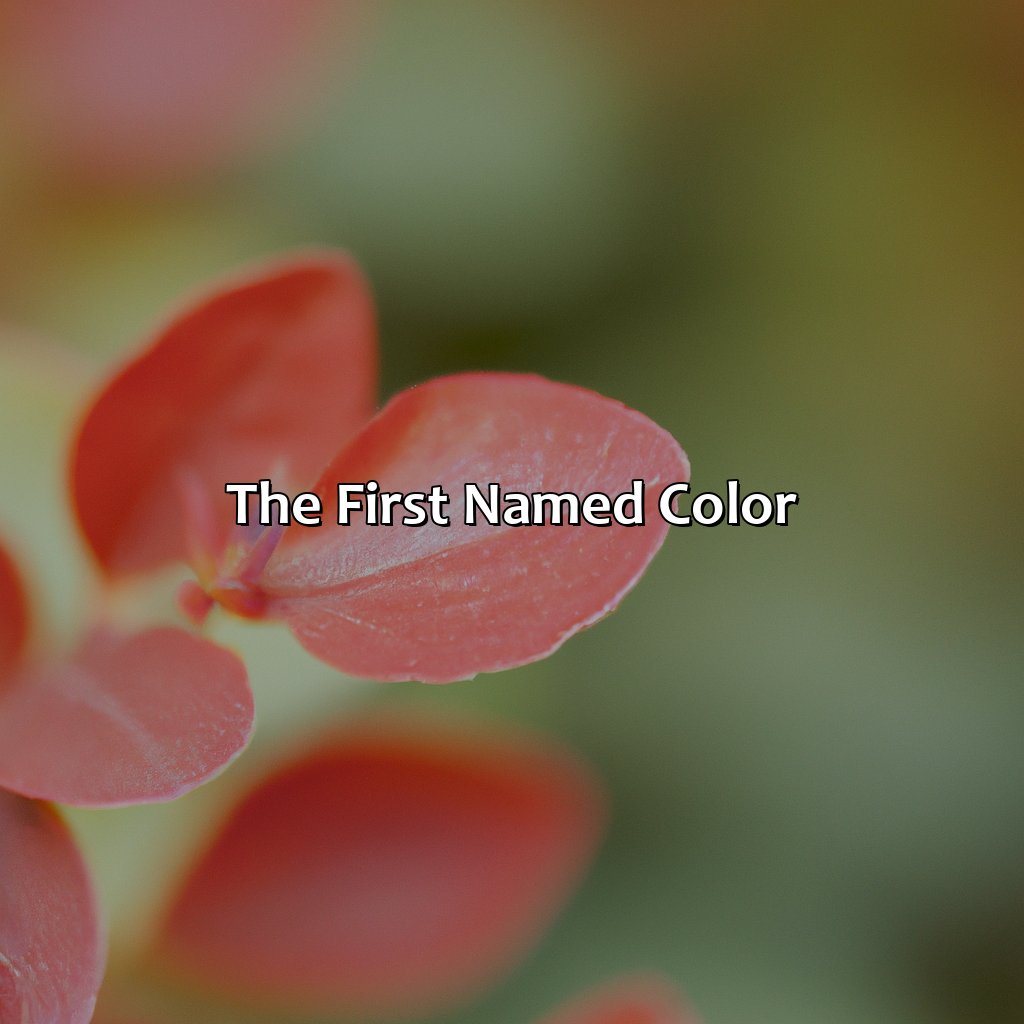
Photo Credits: colorscombo.com by Eric Rodriguez
The origin of the first named color is a subject of interest for the curious minds. Ancient Egyptians used “wadj” to describe the color blue, followed by the Greeks’ “kyanos.” In other cultures, black and white were the first named colors. The naming pattern has evolved with time and geographical location, reflecting the language and culture.
The First Pigment
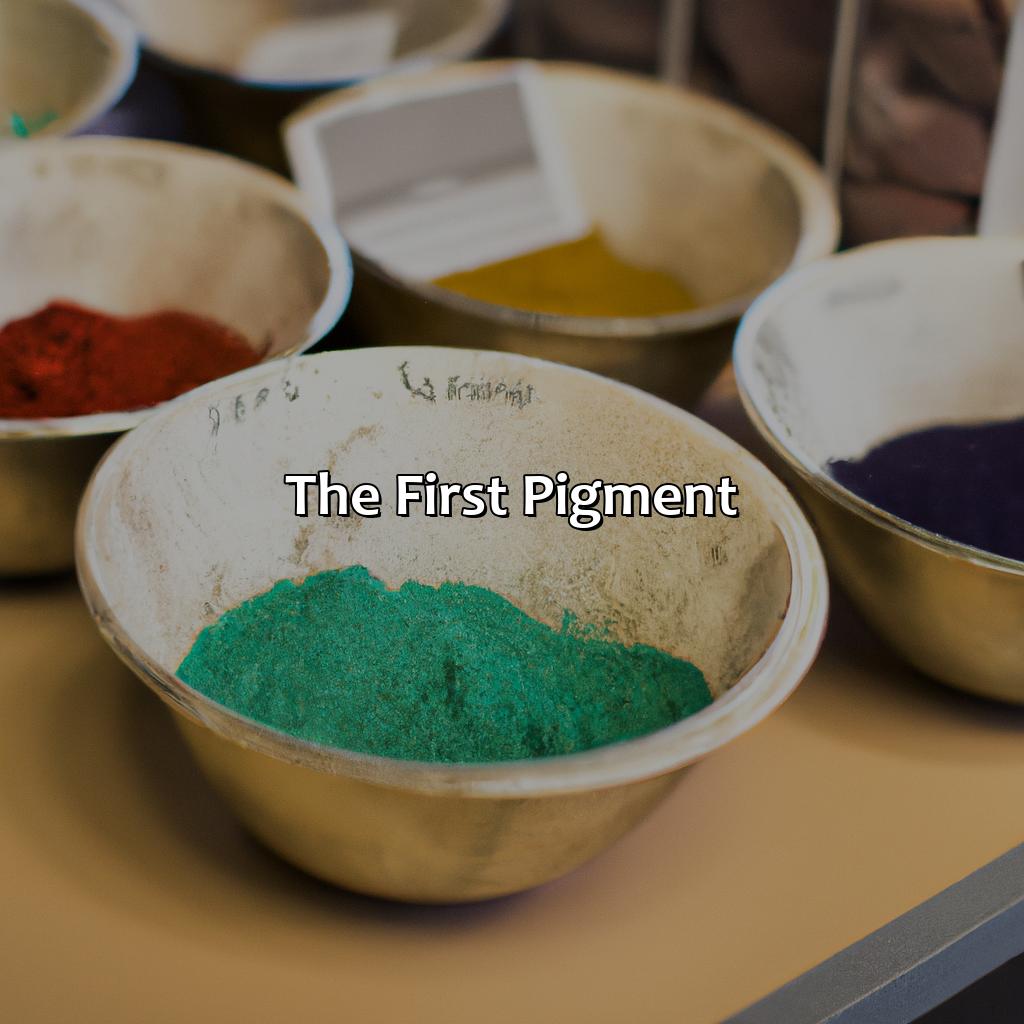
Photo Credits: colorscombo.com by Vincent Martin
The ancient history of pigments is very intriguing. Researchers have found that the first pigment was created by early humans using natural colorants such as berries and charcoal.
Over time, the discovery of dyestuffs and natural pigments led to the creation of synthetic pigments. These pigments are more durable and can be obtained easily. However, the use of natural pigments is still very popular in the art world because of their unique qualities.
Pro Tip: When using natural pigments, choose colors that are lightfast to avoid color fading over time.
The First Synthetic Color
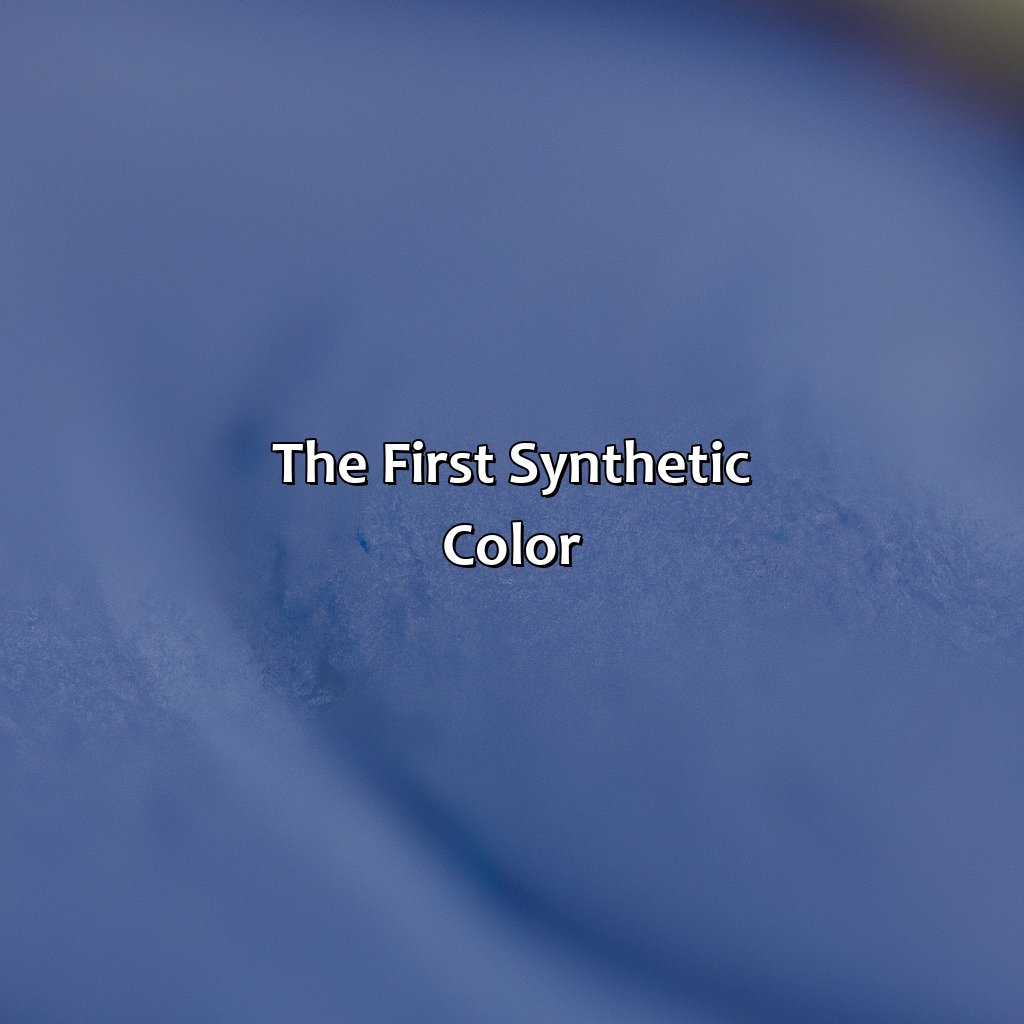
Photo Credits: colorscombo.com by Bradley Smith
The emergence of synthetic colorants revolutionized the color industry. These artificially produced dyestuffs and synthetic pigments replaced naturally occurring colorants, paving the way for an explosion of a rainbow of hues. The development of the first synthetic color marked a significant milestone in the evolution of color science. The precise originator of the first synthetic color is contentious, but the emergence of synthetic colors can be traced back to the 19th century. These colorants have revolutionized fashion, art, and design, enabling a diverse range of hues and shades to be achieved.
The first synthetic color was the result of the discovery of aniline dye, a synthetic organic compound that could produce vibrant hues never previously seen before. Aniline dye was accidentally discovered by William Henry Perkin, a British chemist, in 1856. Perkin was attempting to synthesize quinine, a medicinal compound, when he discovered a striking purple color. This discovery spawned the birth of the synthetic color industry, leading to the creation of thousands of synthetic pigments that continue to fuel innovation in color science today.
The popularity of synthetic colorants led to the development of a range of new color applications, including the mass production of colorful textiles, fashion, paints, and inks. The emergence of synthetic colorants have also led to improvements in manufacturing processes and provided new opportunities for vibrant expression in art and design. Ultimately, the creation of the first synthetic color opened up a world of new opportunities for the human race in terms of the use of colors.
Five Facts About “What Was the First Color”:
- ✅ The first color was likely red. (Source: Live Science)
- ✅ Evidence of the earliest pigments used by humans dates back to over 75,000 years ago. (Source: National Geographic)
- ✅ The first synthetic pigment was created in 1704 by a French chemist named Louis Duhamel du Monceau. (Source: Science History Institute)
- ✅ In ancient Egyptian art, red was often associated with the god of the afterlife, Osiris. (Source: Ancient History Encyclopedia)
- ✅ The first color photograph was taken in 1861 by a Scottish physicist named James Clerk Maxwell. (Source: The American Museum of Photography)
FAQs about What Was The First Color
What was the first color?
The first color used by humans is difficult to determine, but the earliest recorded pigments date back to prehistoric times and were likely made from natural sources such as plant dyes and minerals.
Did ancient humans use color in their art?
Yes, ancient humans used color in their art. Some of the earliest known examples of prehistoric art include paintings on cave walls that feature a variety of colors.
When did synthetic colors come into use?
Synthetic colors were first developed in the mid-19th century, with the discovery of aniline dyes. This led to the creation of a wide range of new colors that were not previously available.
What is the significance of the color red?
Red has been an important color throughout human history and is often associated with power, passion, and danger. It was also one of the earliest colors used in human art.
How do we see colors?
We see colors because of the way that light interacts with objects. When light shines on an object, some colors are absorbed while others are reflected. The colors that are reflected are what we see.
Can colors affect our mood?
Yes, colors can have a psychological impact on our mood. For example, warm colors like red and yellow are often associated with energy and excitement, while cool colors like blue and green can be calming and soothing.
